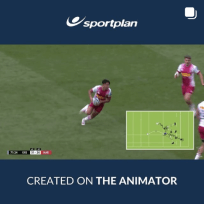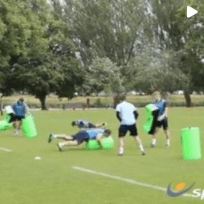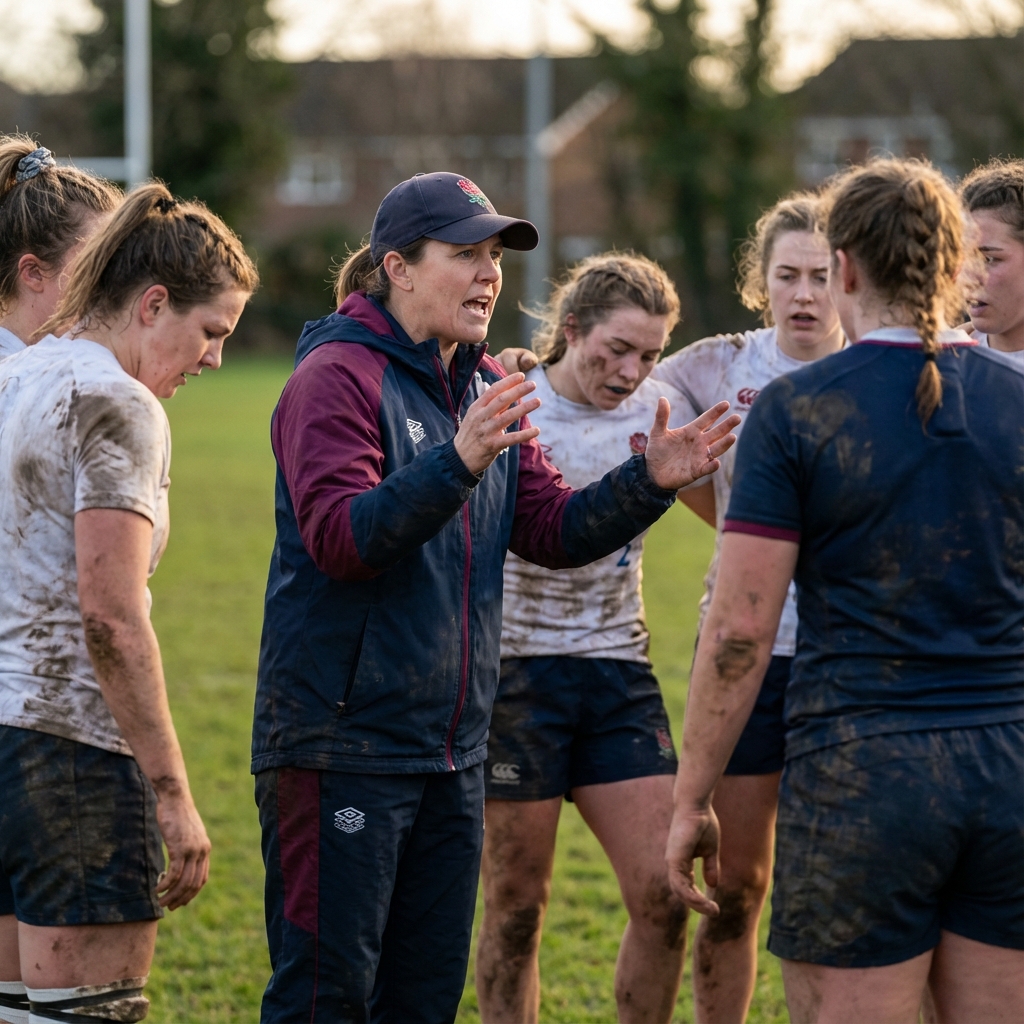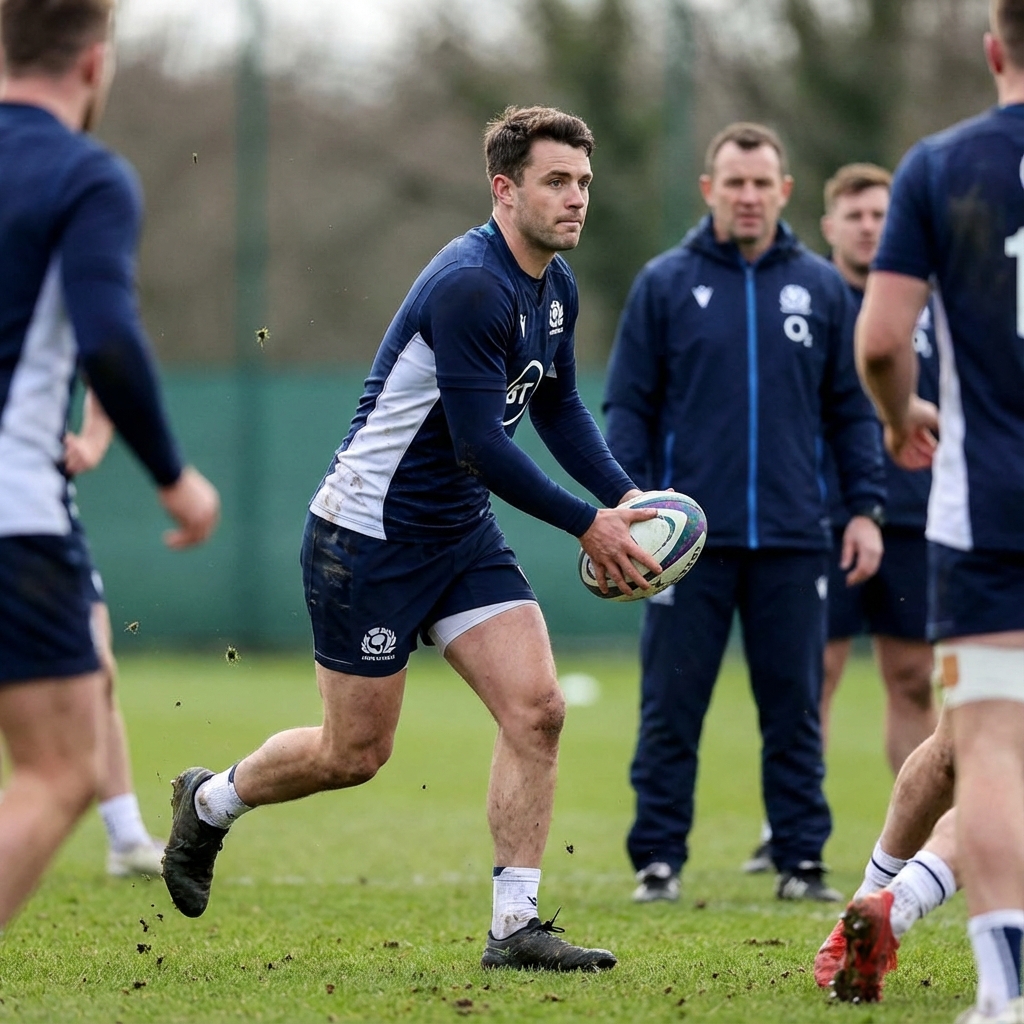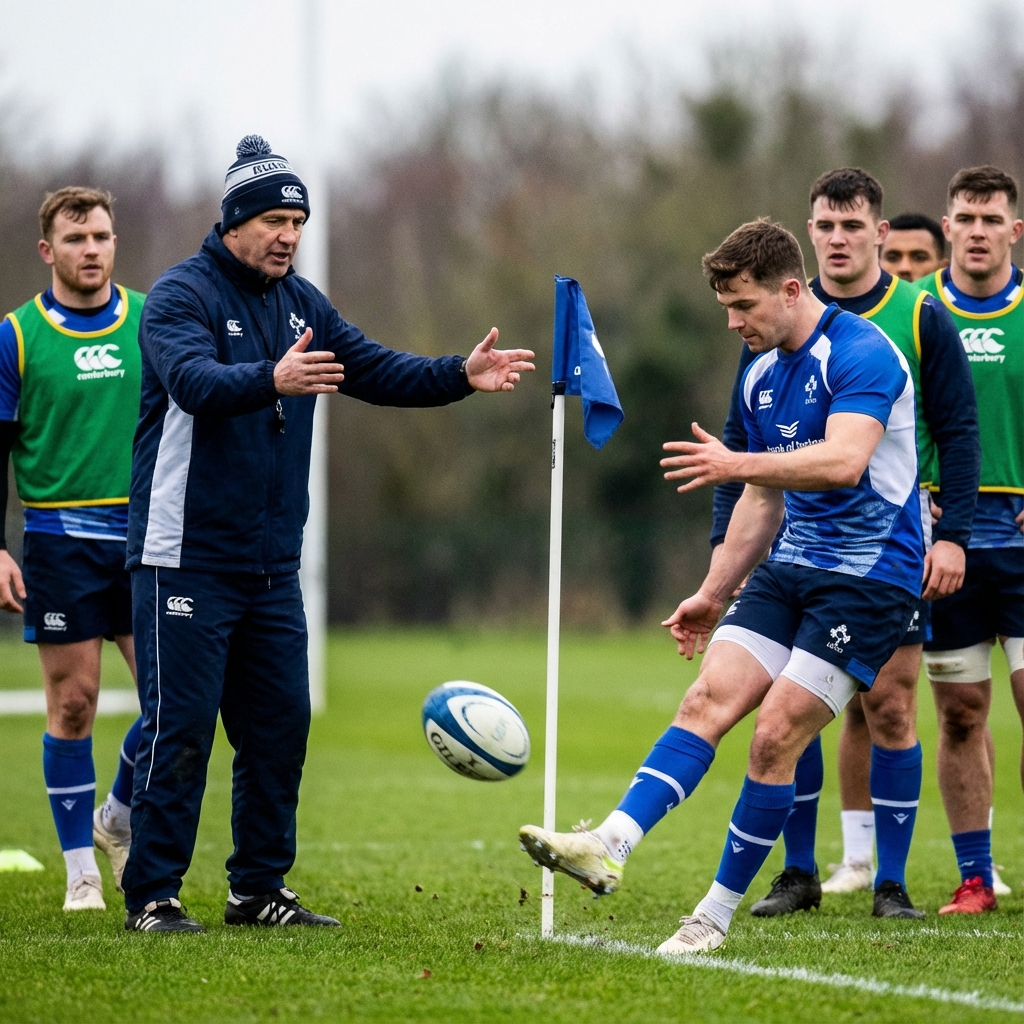u8s running sideways not forward!
What drills would anybody reccomend to encourage forward running in an u8s side,whilst keeping it fun?Some players tend to crab along the pitch.
Hi, I coach U7's and we have started to ask the offender to go to the side and watch for a minute and the other side get the ball. It's like a mini sin bin and most of the kids laugh as they know they should not do it but it does get them to concentrate on moving forward if even only a few steps. I think this is a common problem at this age. We even have some kids running backwards in a big loop across the field. I would be keen to learn some drills in this area
Hi.
I coach under 10's and still at this age we get crabbing. Children will naturally avoid contact, or their tags being taken, by moving into a space. We play lots of British bulldog with our kids and this often show them that running straight and fast can make it very difficult for another 8 year to be able to grab the tags at speed, or even tackle a fast moving player front on. Keep on at them every match and after a couple of years it slowly starts to sink in. Persistance is key.
Hi ,
I had this problem with my U/9's and U10's . When they are lined up behind scrum make sure their outside leg is in front and pointing forward . Simple, but this adjustment to their feet encourages them to run straight.. If they start off straight less inclined to drift.
Not sure I agree with sitting out, too much stick not enough carrot.
Crabbing comes from the mental paradigm that being tagged is bad. This is what you need to address.
Demonstrate that if they run hard and straight for a gap that, by the time they are tagged and have taken 3 steps, they and their support runner can often be behind the defence and in the open.
The trust between ball carrier and support runner has to be there. Set up some drills where the carrier will be "tagged" (using touch rather than tag helps here) takes 3 paces whilst shouting "1-2-3". On "2" the support runner calls for the ball.
Use matches with long pitches and only 3 tags before turnover. This way going forward and making ground becomes a priority rather that avoiding contact.
Find some video of rugby where the team score a try by passing out of the tackle numerous times.
My U8s have improved massivley this season with a mixture of the above. You need to keep going back to it though.
Hi Steve,
I agree with Chris, not sure about the sitting out idea and it is not something I would employ.
To get them used to running straight we used to use in every traning session this idea%3A
Set up with cones four channels @20 metres long and about 1.5 metres wide. Number the kids one to four. Start the kids running along the side of the box but outside the channels. Turn them in two the channels at the top with No. 1 having the ball in the 1 channel, 2 in the 2 channel etc. From this basis you can do a number of drills%3A
1. While staying in the channels they must pass the ball while running backwards to the player next to them but only when they player has called for the ball. This makes them talk and run in straight lines whilst making the pass.
2. Same idea but once the ball has gone accross the line one way it must come back the other within the 20m. This makes the kids understand to drop back for support and speeds up the pass.
3. To add some challenge have two other children in each channel set at even intervals along the 20 metres. The player with ball must run past them, take 3 steps and pass
4. Increase the difficulty by asking the kids to tag the child running past - improves tagging skills as well
5. If comfortable with the above have the two kids hold a small tackle shield close together, but not touching, making the player with the ball run through the gap, taking some controlled contact. Then pass the ball after three steps.
6. You can then improvise on the above.
I hope this helps.
If a child runs sideways, it's because he believes that's the way to get the ball past the defence. And in many cases it works because the defence is poorly organised, or not organised at all (they're kids, they're drawn to the ball like magnets), so all a kid needs is a bit of pace and he'll get past the first line and maybe all the way to the goal line. If this happens often, he'll have proven that his method works and will continue to do so.
So the coach has to change his mind. We'll usually make sure there are one or two good tacklers in the middle and one on each end. That way, he can run left and right all day and still end up hitting a wall. At some point they have to move forward.
I also like the channels idea as mentioned before
Darragh
Chris and Ken's answers are great and we have employed a similar approach. We play Bulldog which improves both running straight and tagging.
We also have a drill with some kids on cones trying to get the tags and the runners running straight down channels with the aim of getting through without being tagged.
Reducing the number of tags before a turnover ball is also a good technique, which addresses running sideways and encourages them to pass before they get tagged.
In practice games, if they are running sideways or even behind their team mates, we remind them that they are putting their team mates off side and will have nowhere to pass to when they need to, as they would be passing forwards. If they keep doing it, the referee tells them that he/she will award the ball to the opposition the next time they put their team off side - and do. This may be a stick rather than a carrot, however, for the kids in our squad who regularly run sideways, we have found it is very effective.
You might also like to talk to the parents. Some kids might run sideways to keep hold of the ball rather than pass to team mates, as their parents are rewarding them for the number of tries they get! Parents and kids all need reminding that it is a team game!








